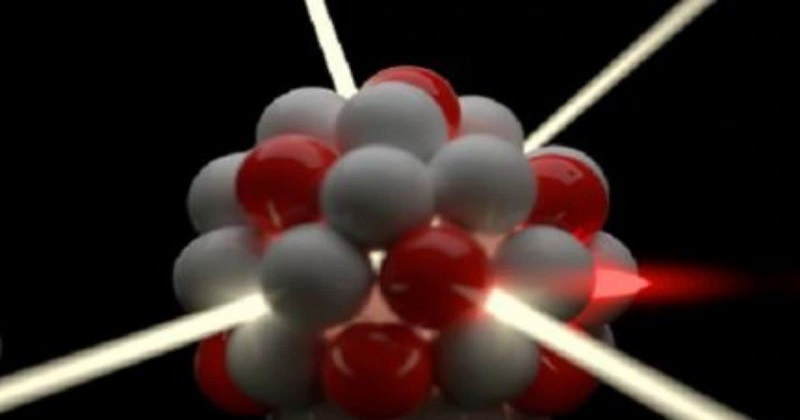
Physicists at Rice University in Texas have discovered a mechanism to manipulate electrons in the Rydberg atom, allowing them to generate synthetic dimensions. All members of the Rice Quantum Initiative, including physicists Barry Dunning, Tom Killian, and Kaden Hazzard, as well as main author and graduate student Soumya Kanungo, presented their research in an article published in Nature Communications.
The researchers used resonant microwave electric fields to link multiple states together and establish a way to construct the Rydberg state of ultracold strontium, according to the report. The Rydberg state arises when an electron in an atom is energetically transported to a more excited state. This multiplies the size of the atom by a thousand times and supersizes the orbit. The Rice Quantum Initiative combined lattice-like Rydberg levels in a way that mimics real material properties.
They might accomplish this by modulating electron velocity in a flexible and accurate manner. Many regularly spaced quantum energy levels characterise Rydberg atoms, according to Phys.org. Microwaves can link these states, allowing the excited electron to progress to a higher state. The dynamics of this synthetic dimension, as per the researchers, are the same as a particle travelling between lattice sites in a genuine crystal.
Explaining the study, associate professor of physics and astronomy, Kaden Hazzard said, ‘In a typical high school experiment, one can see light emission lines from atoms that correspond to transitions from one energy level to another’.
Also Read: ‘Pushpa’ director Sukumar announces new project with megastar Chiranjeevi
He went on to say that the levels can be connected by delivering various wavelengths of light. Tom Killian, a Rice University professor of physics and astronomy, said the new discovery will allow them to ‘set up interactions, the way particles move and capture all the important physics of a much more complicated system’.
Professor Killian further said that in the new synthetic space, they would be able to bring many Rydberg atoms together to generate interacting particles. This will aid them in doing physics that is difficult to model on classic computers as it becomes more complex.

Post Your Comments